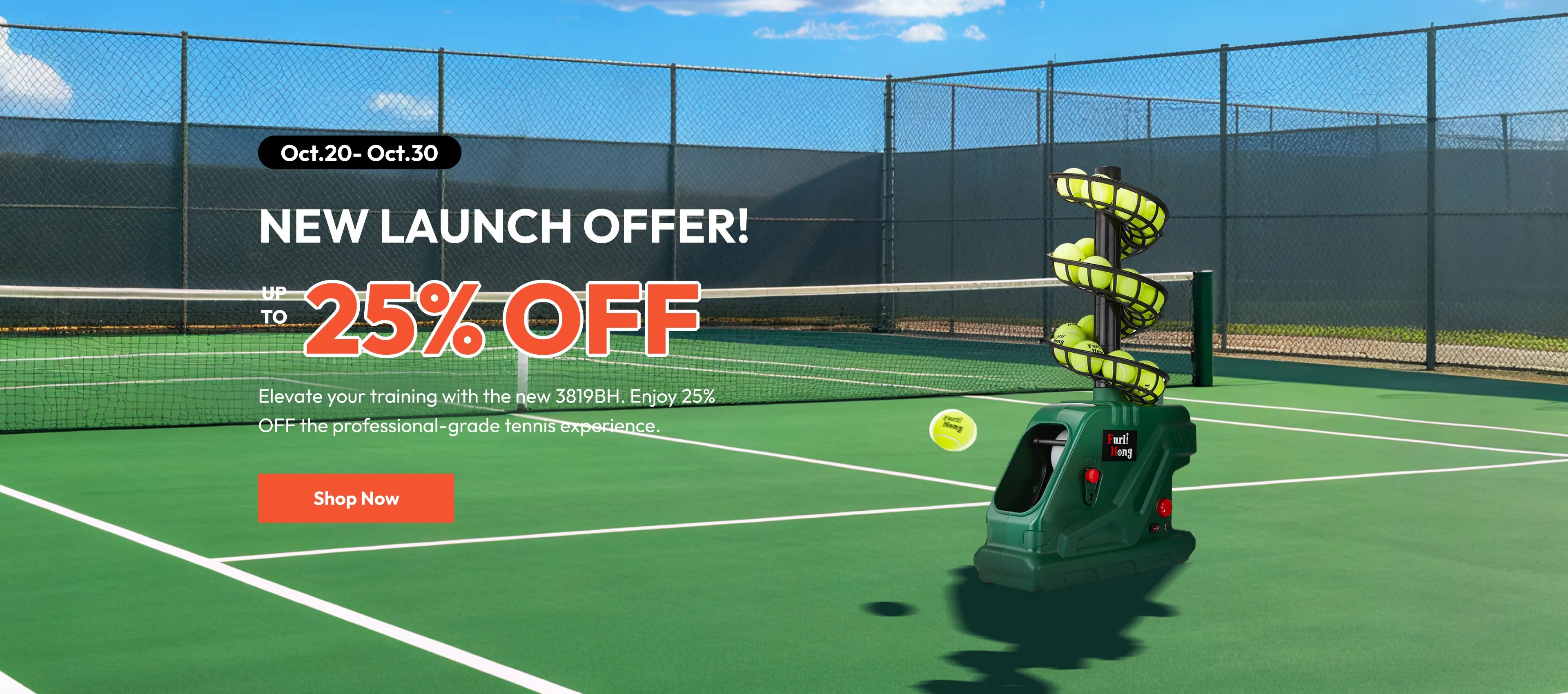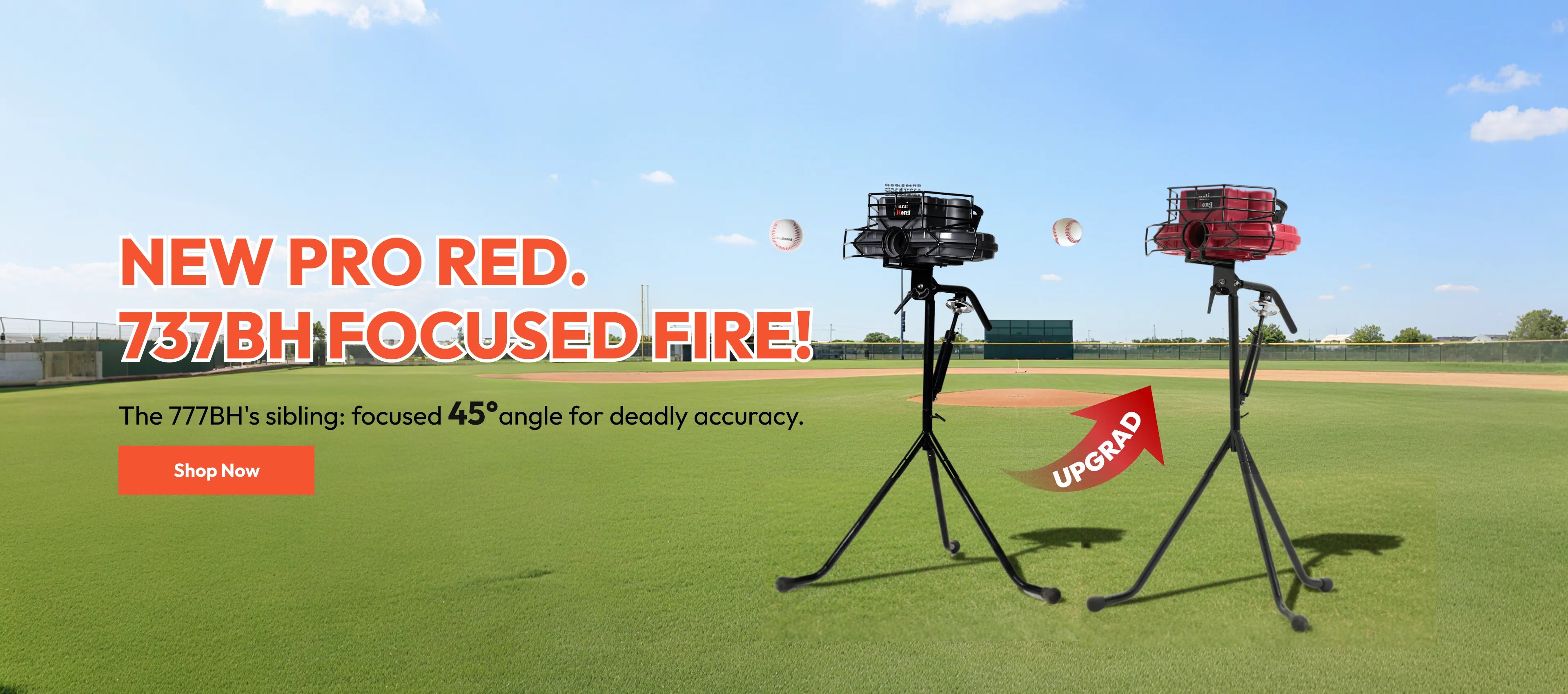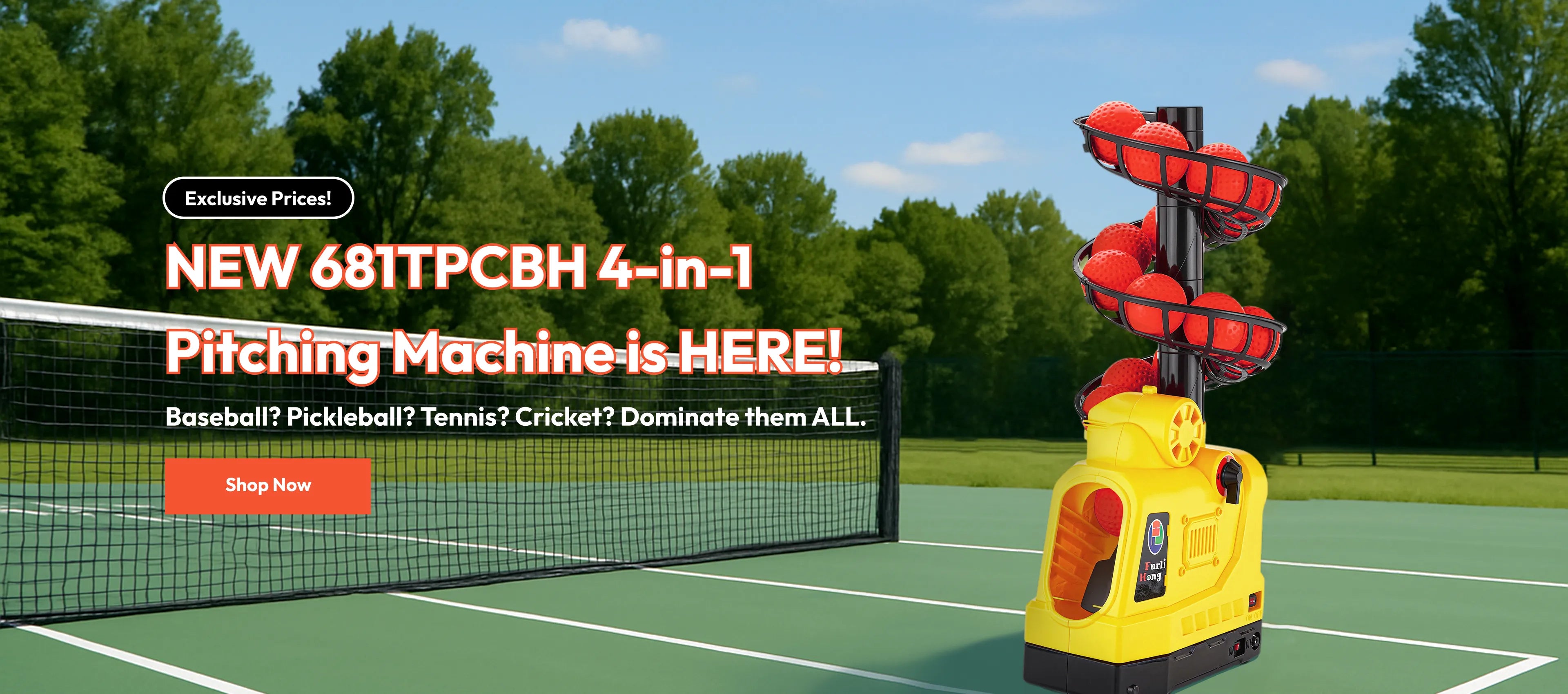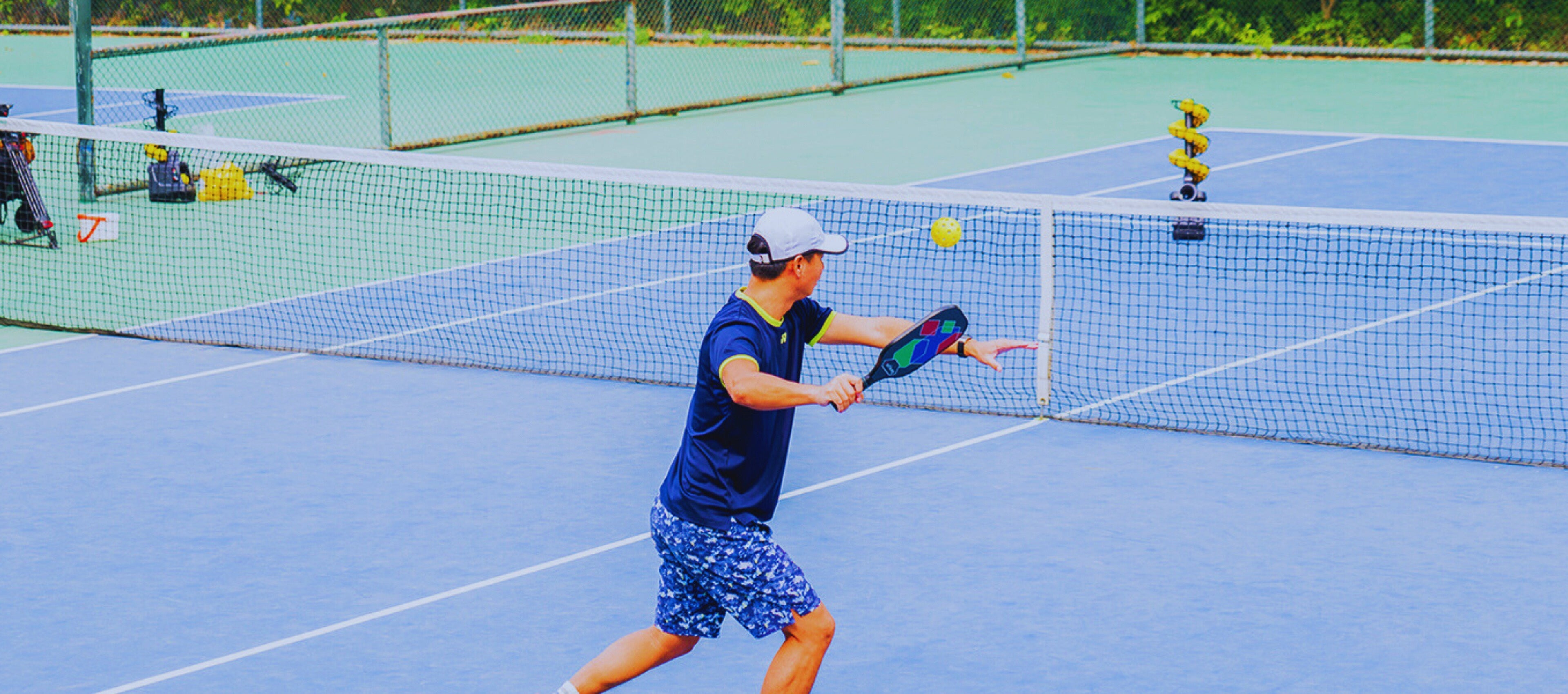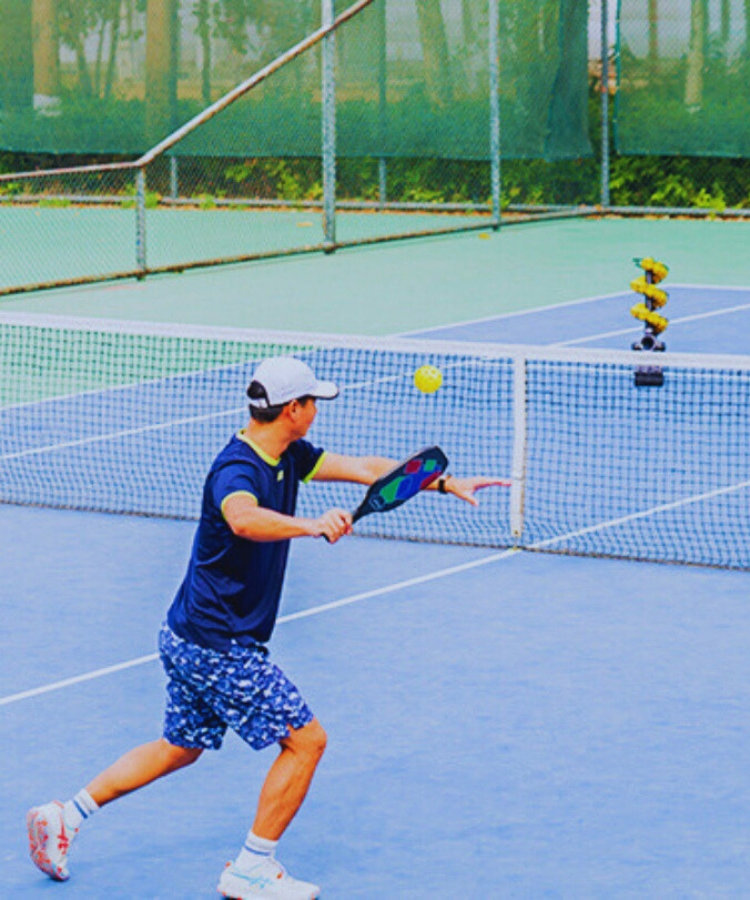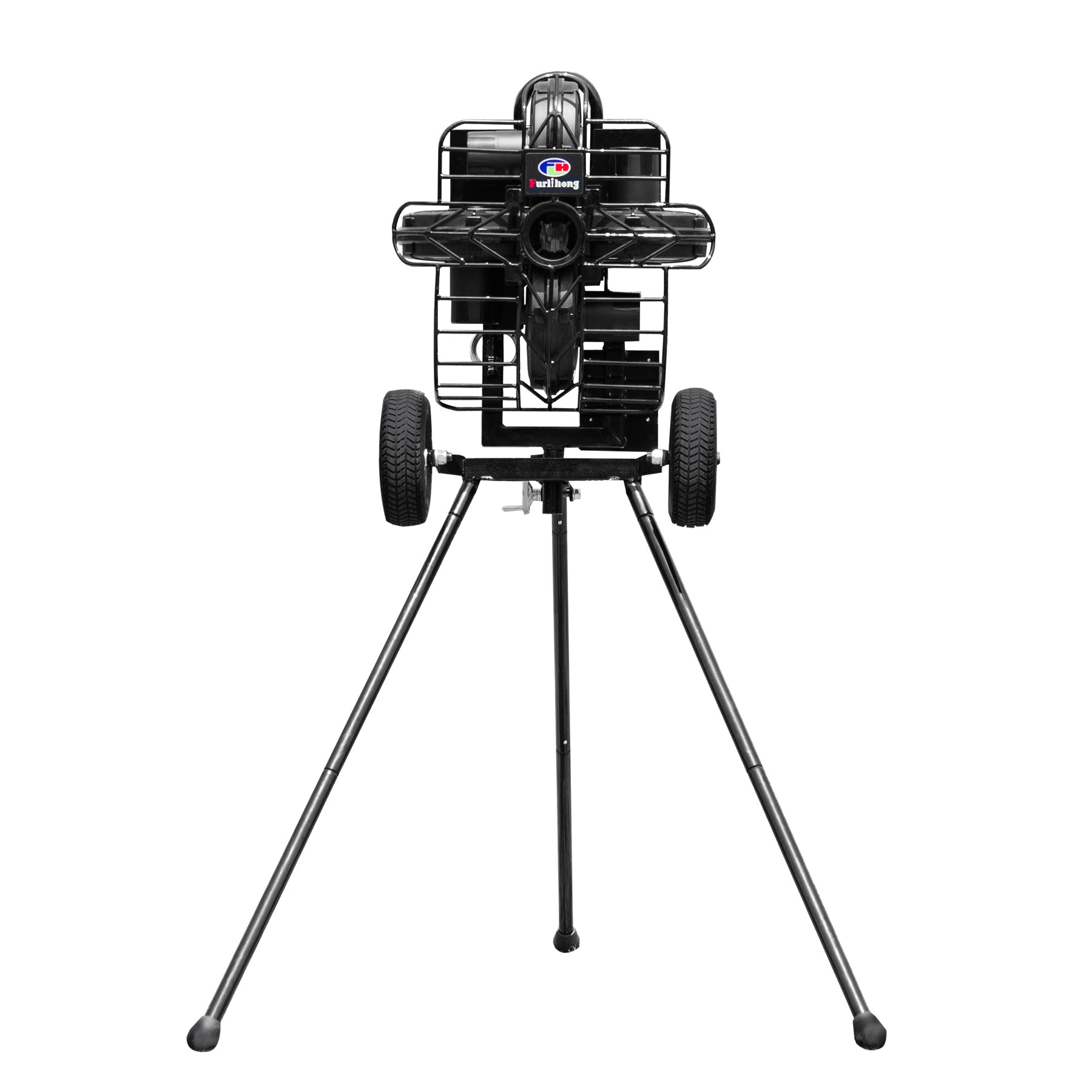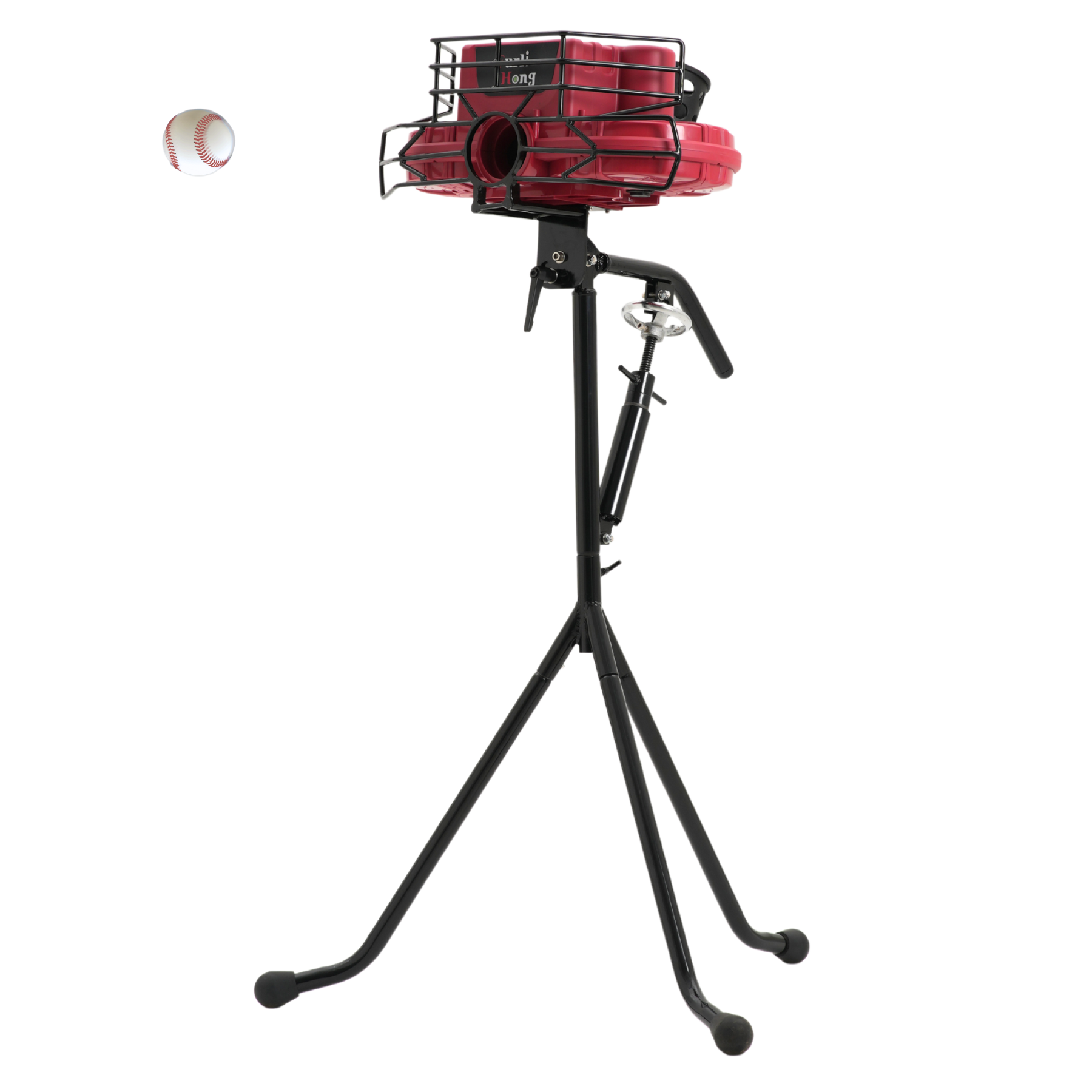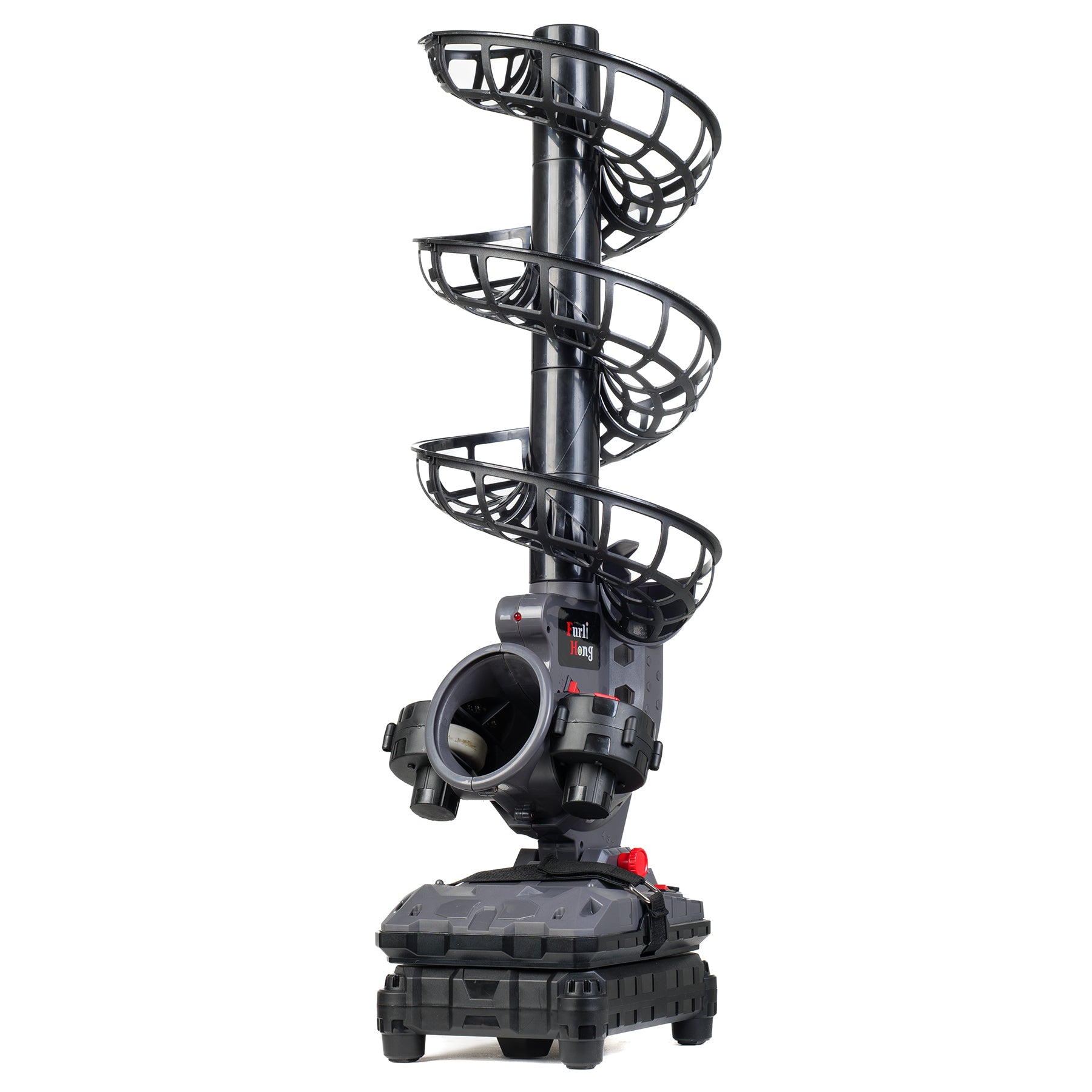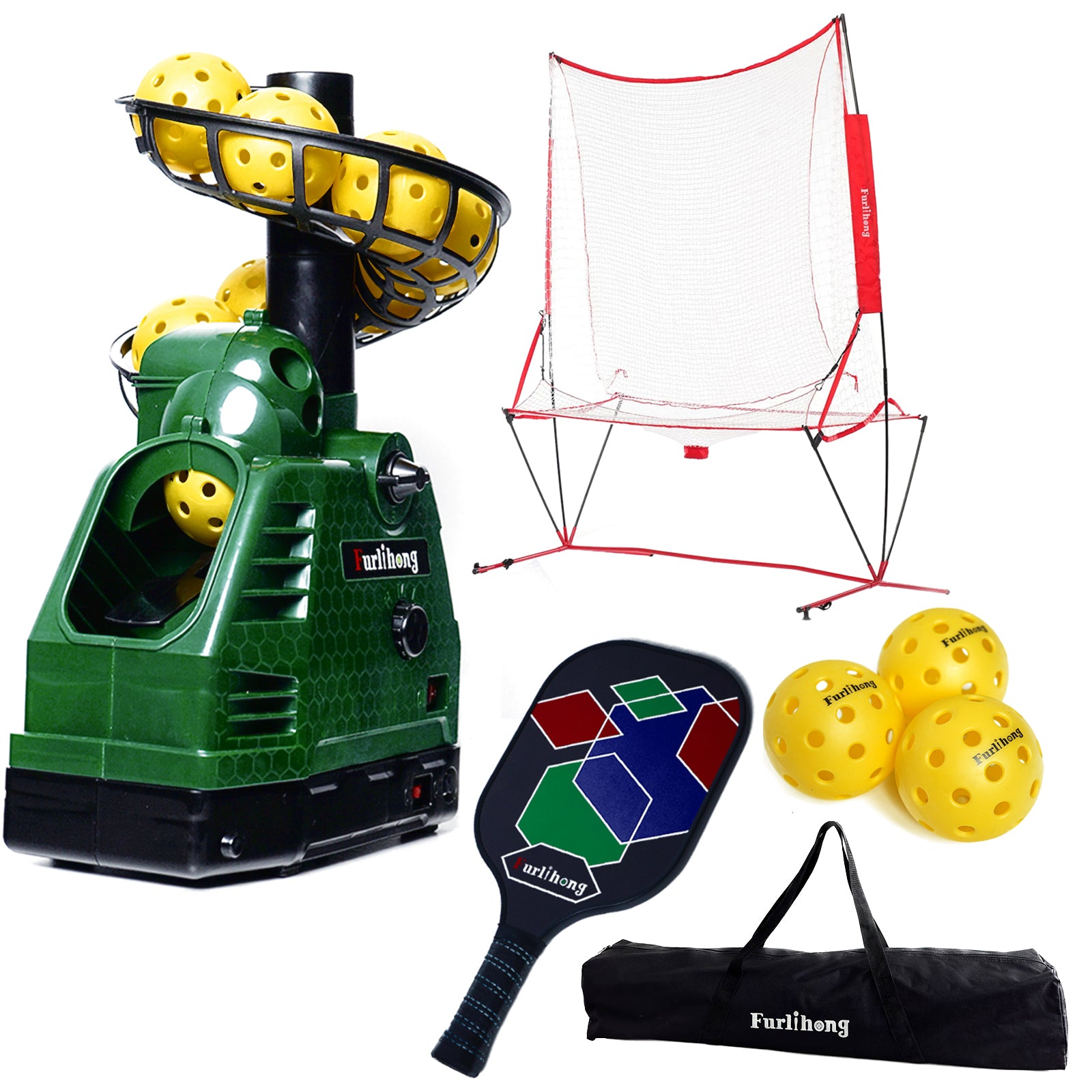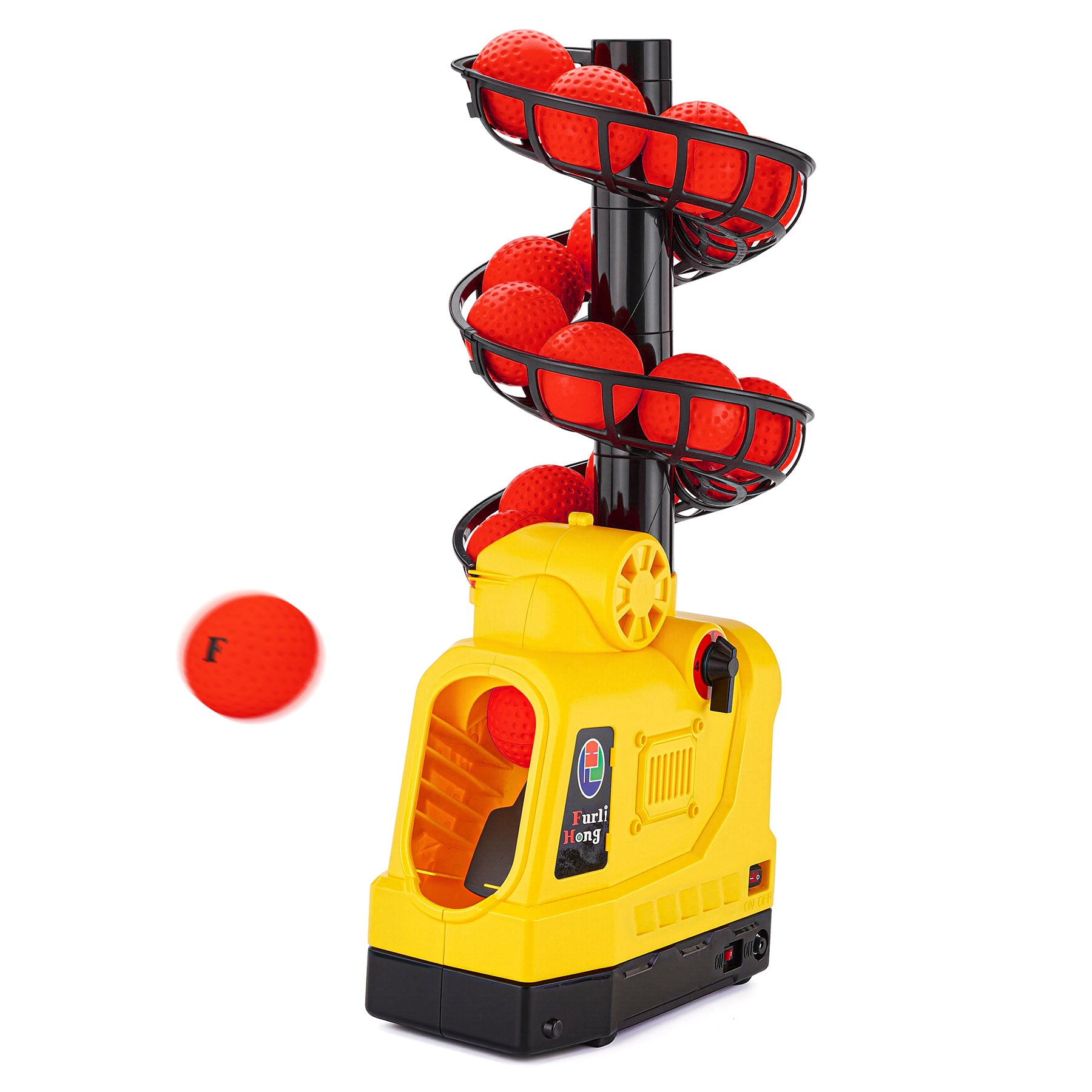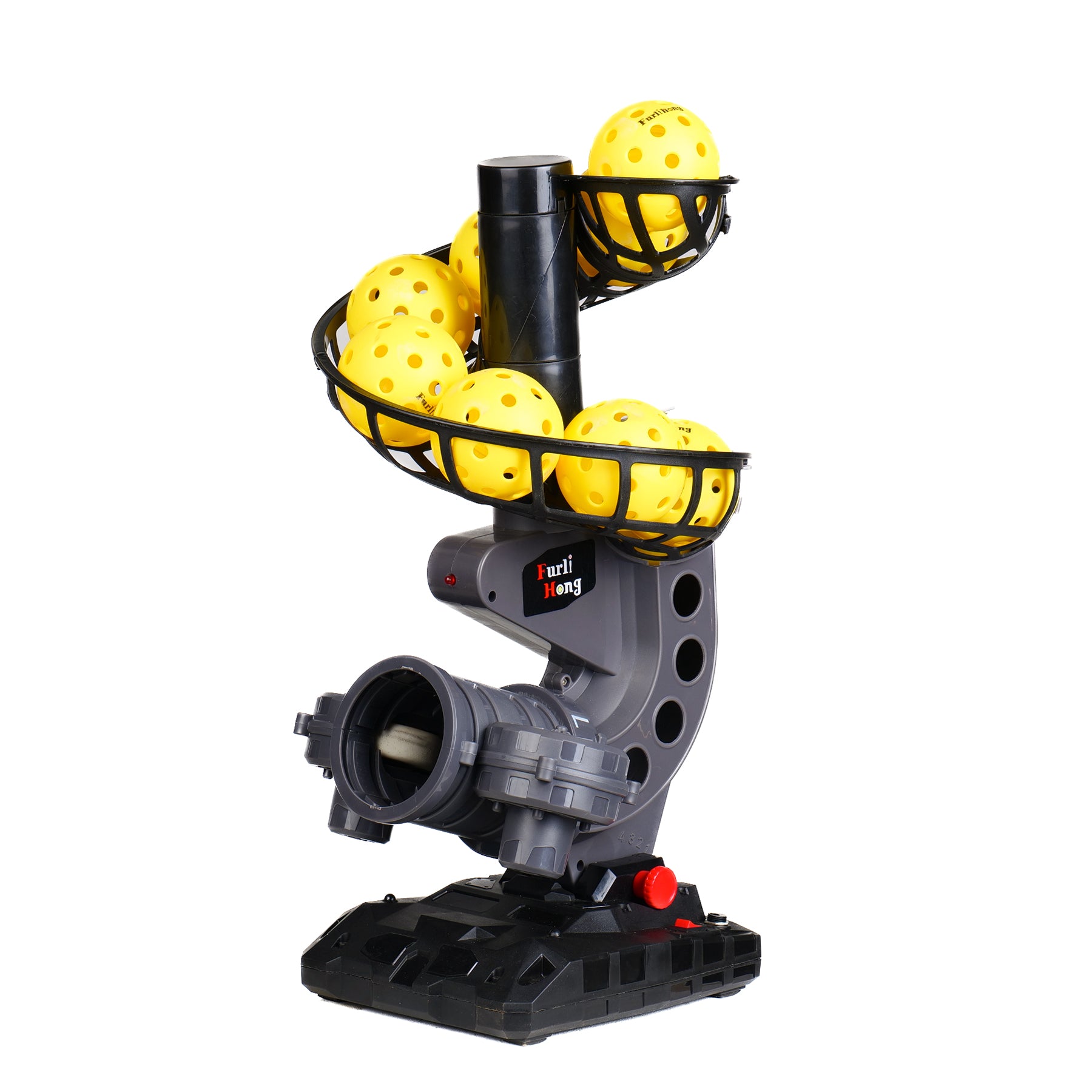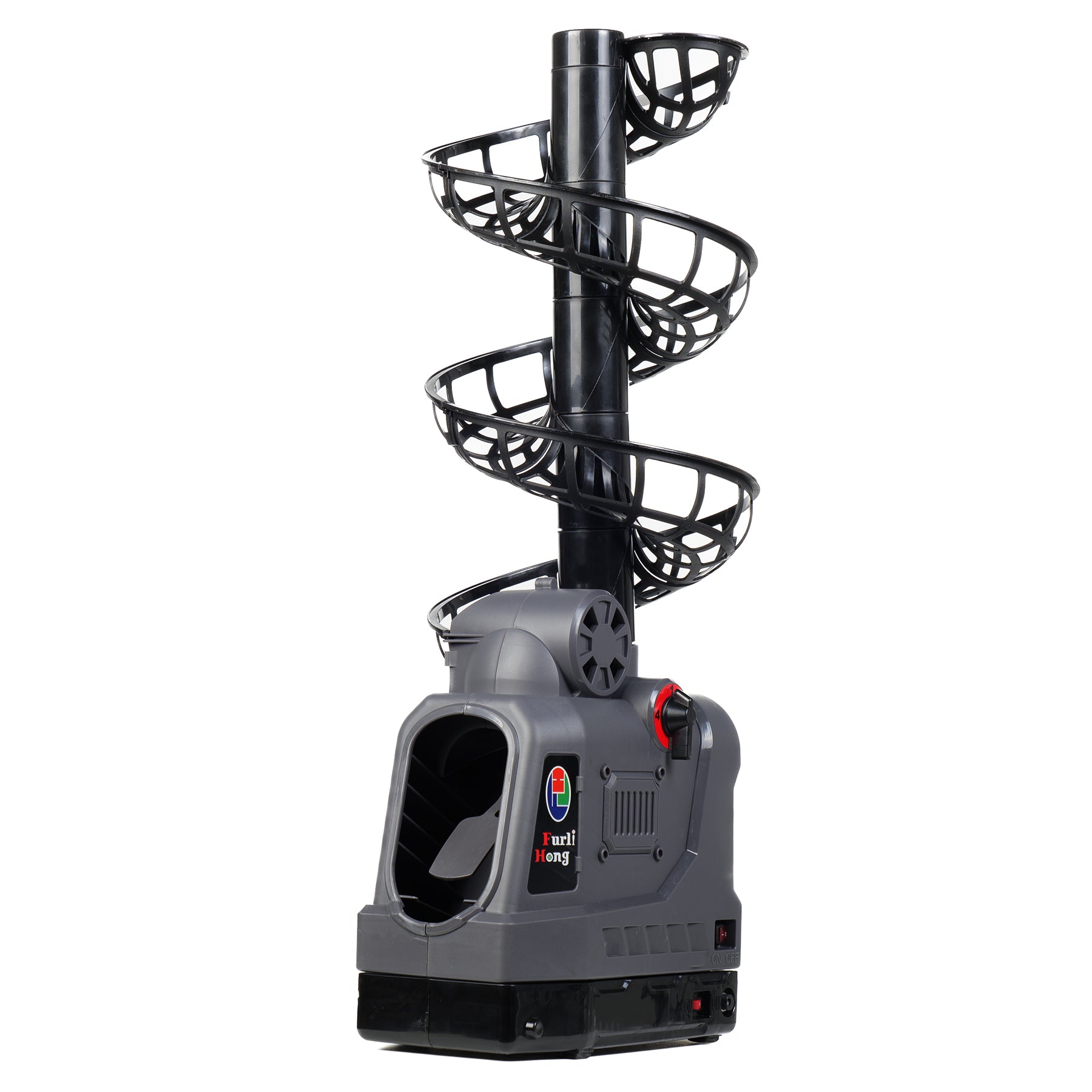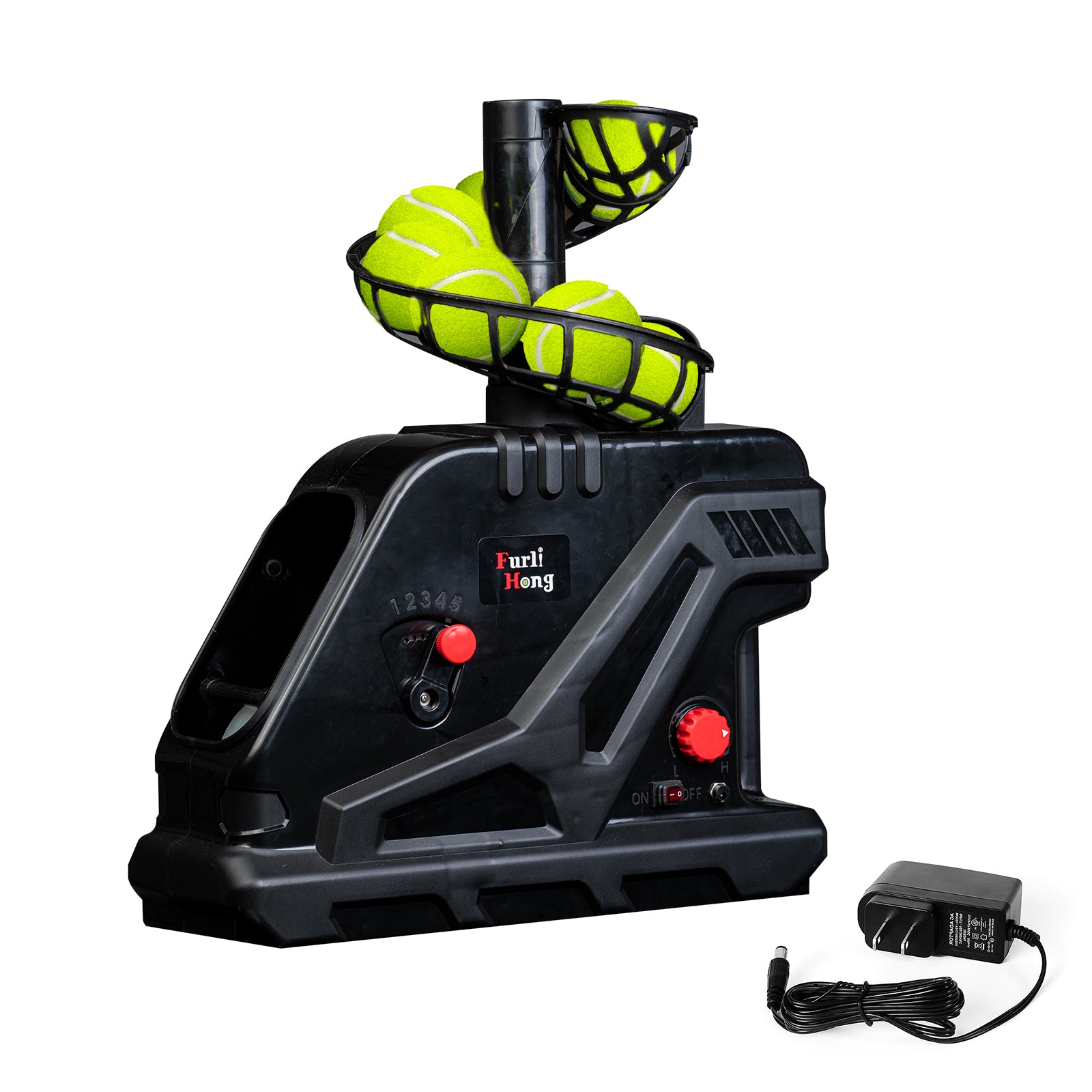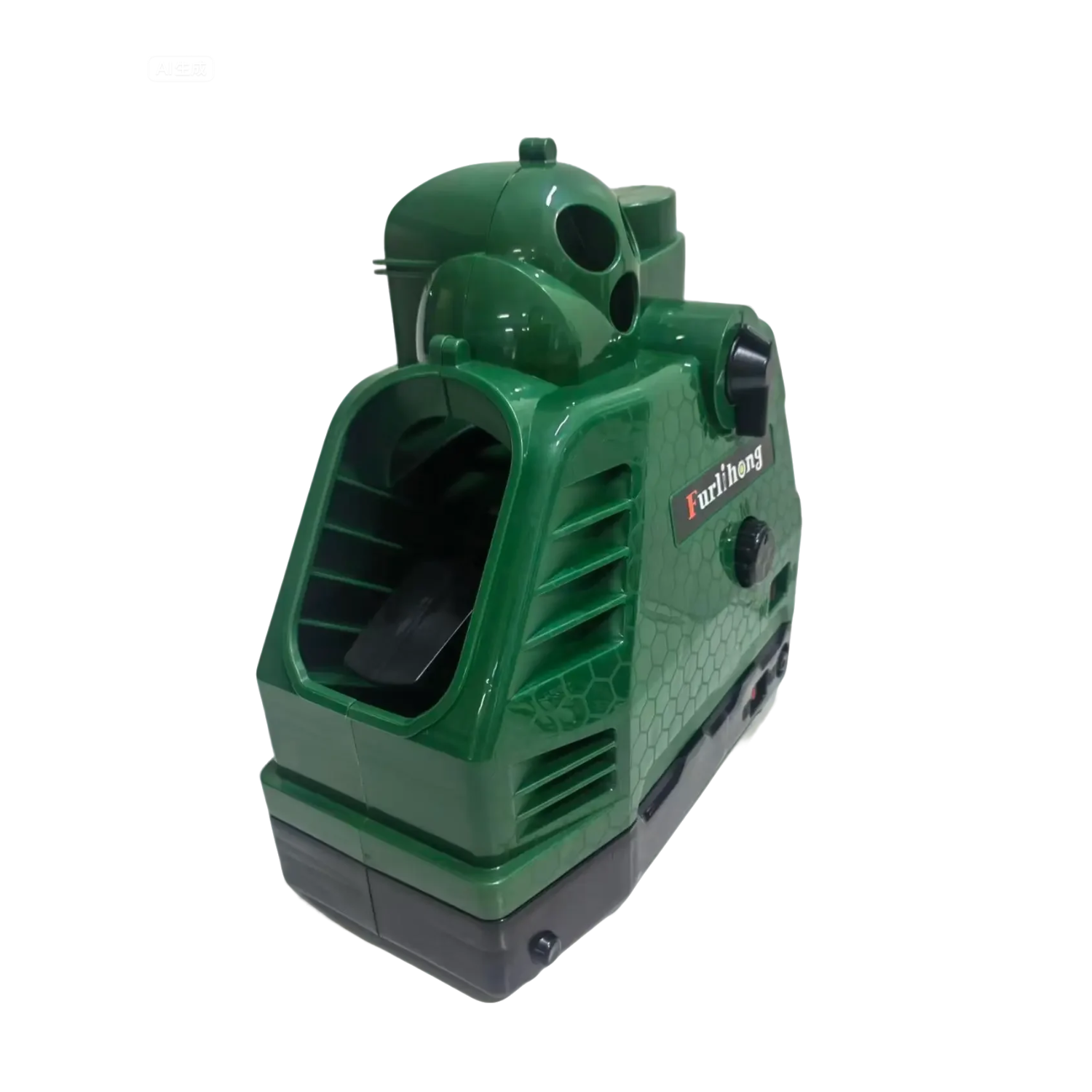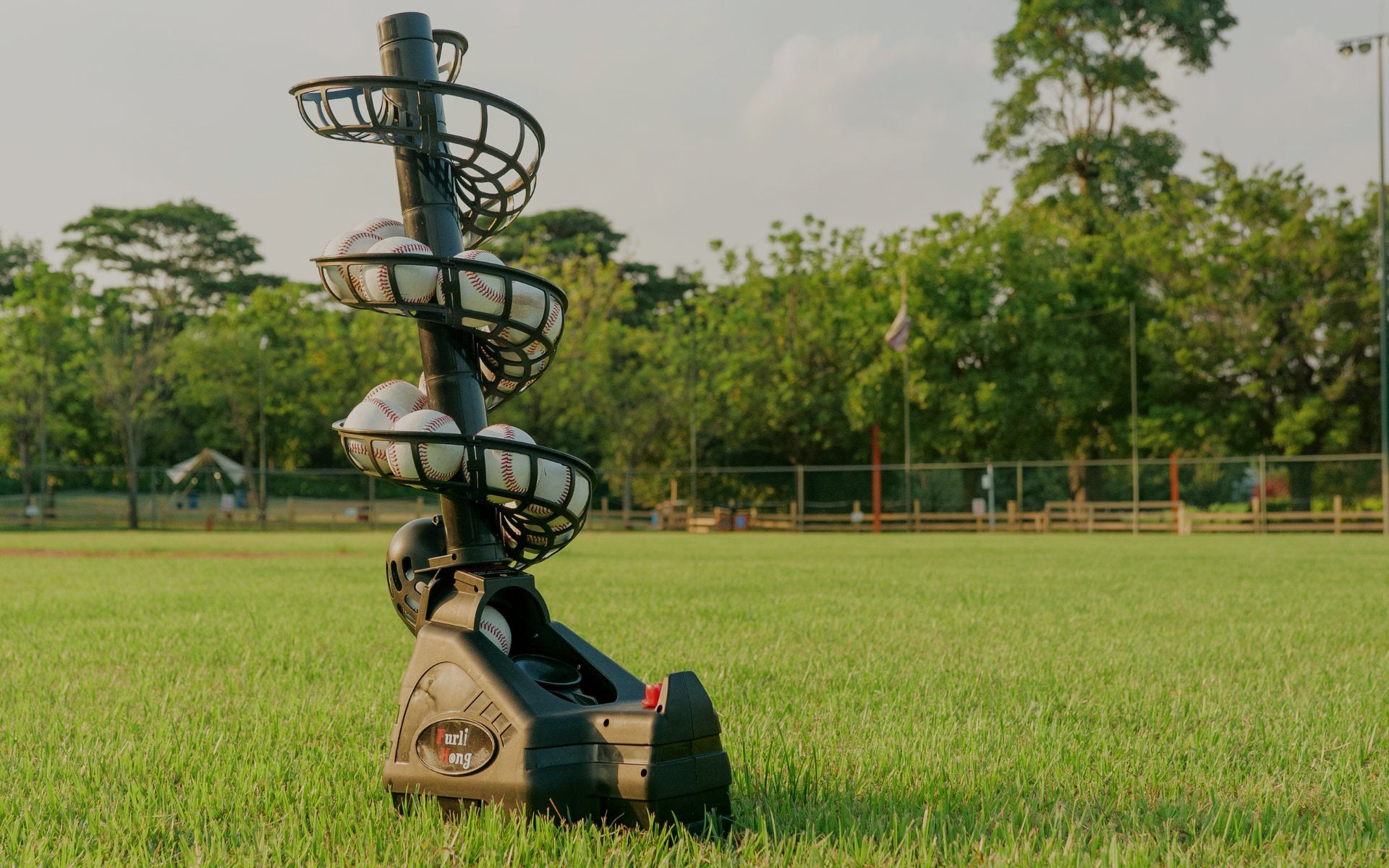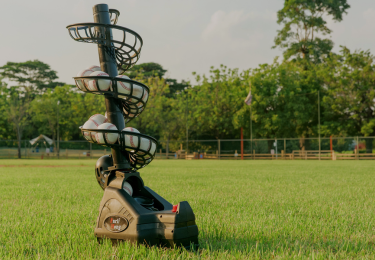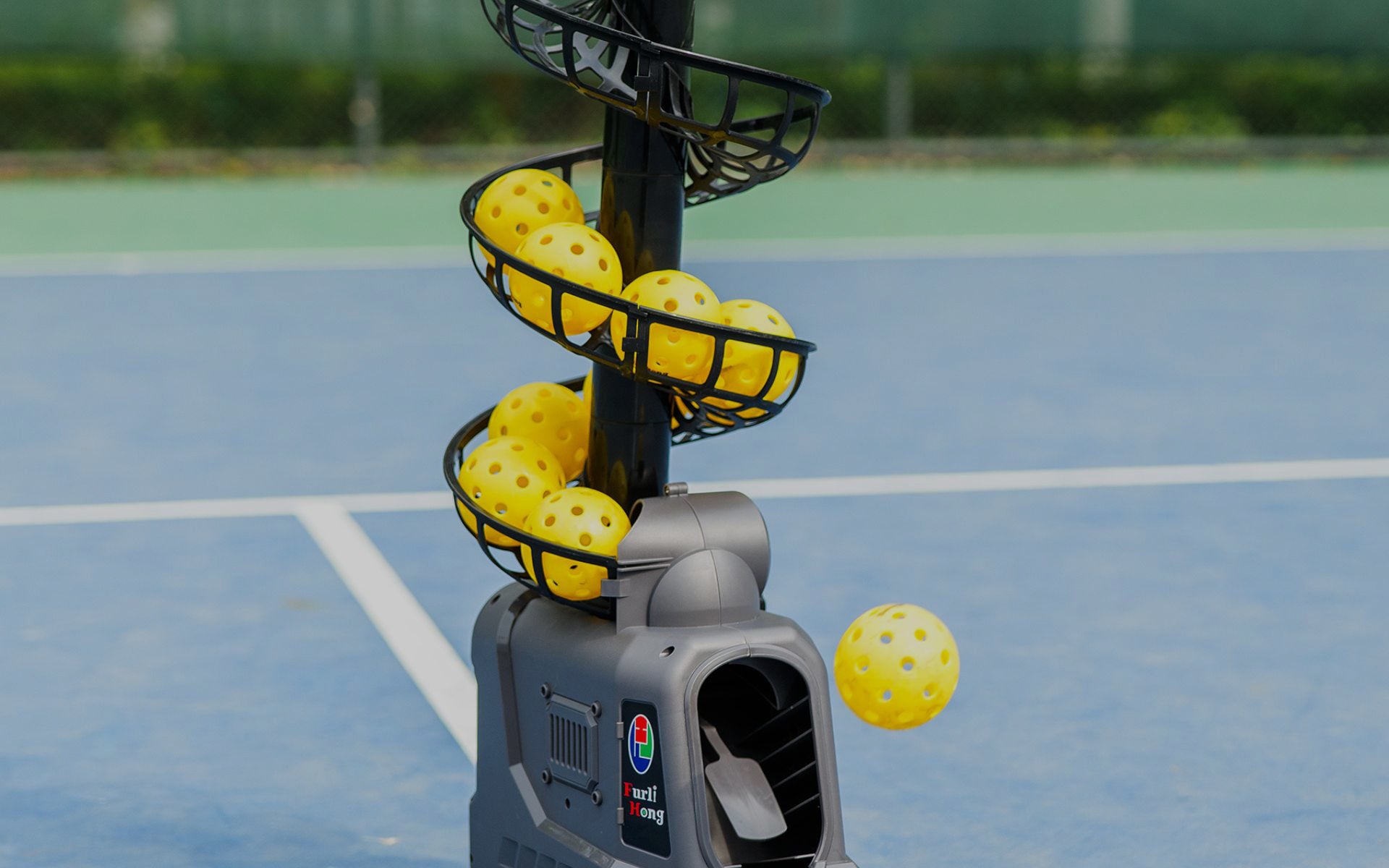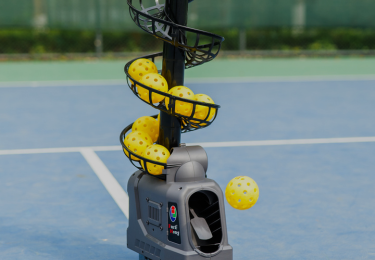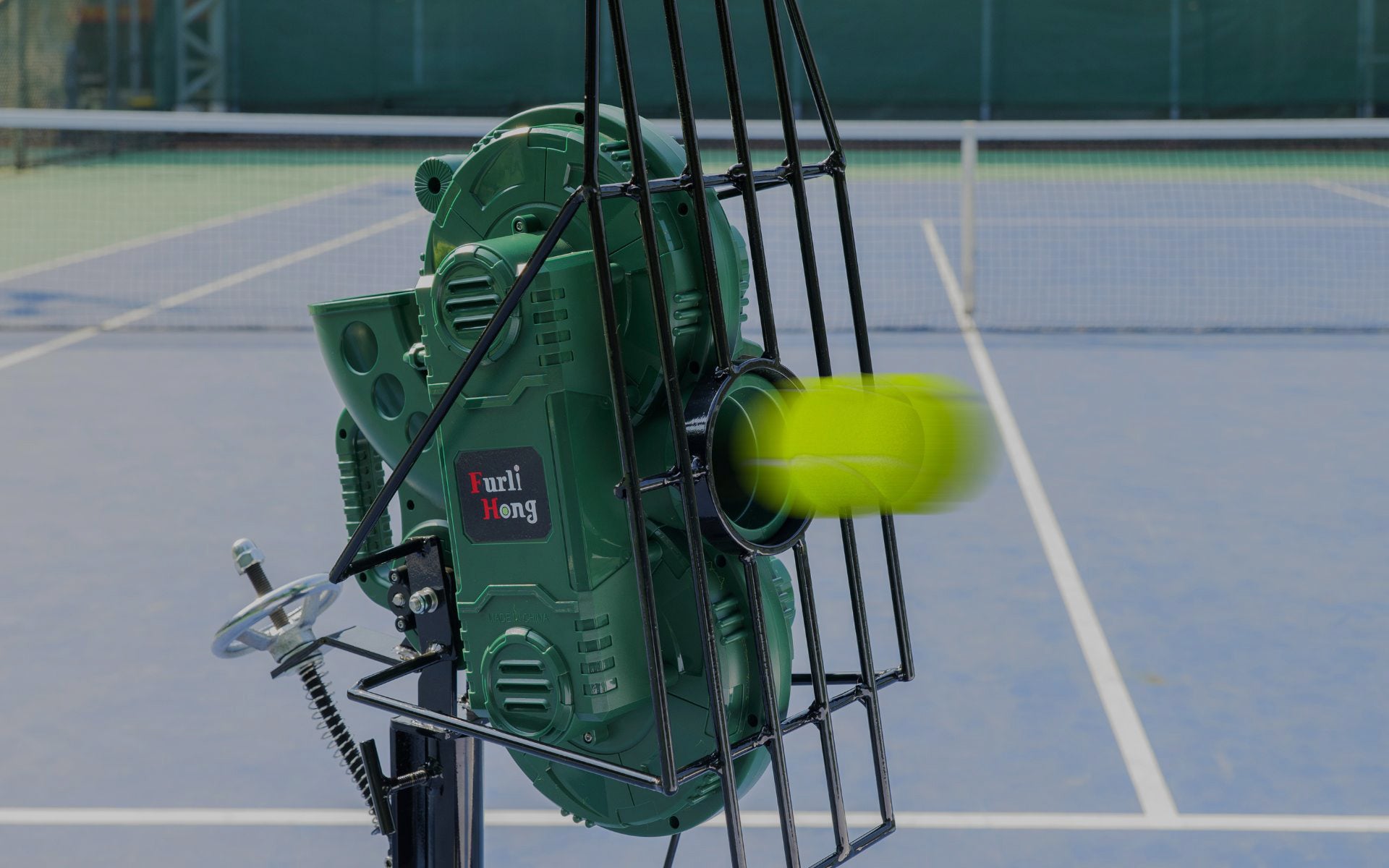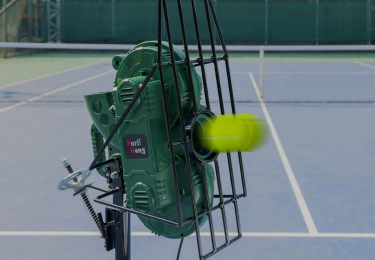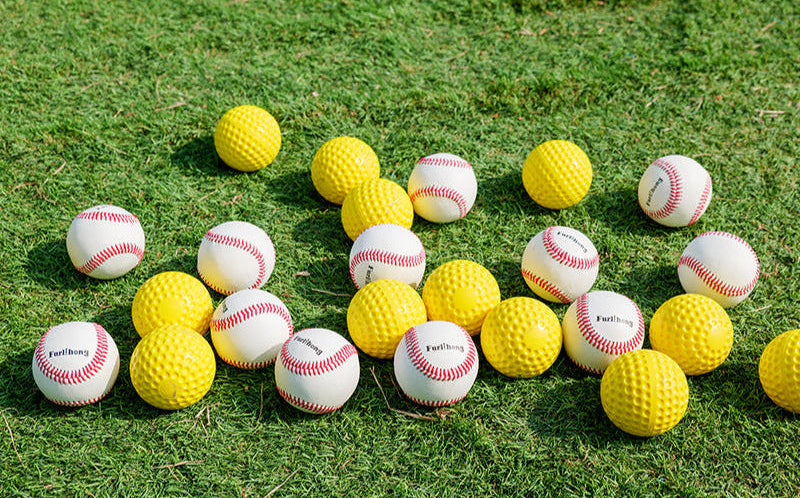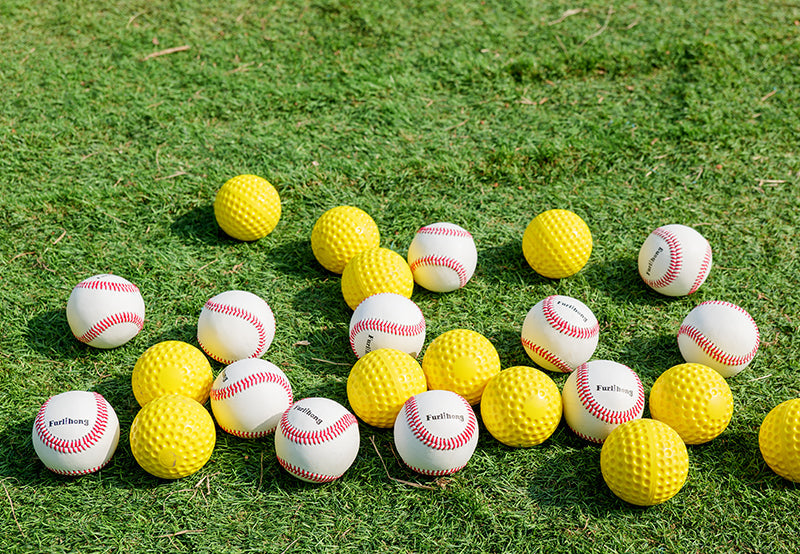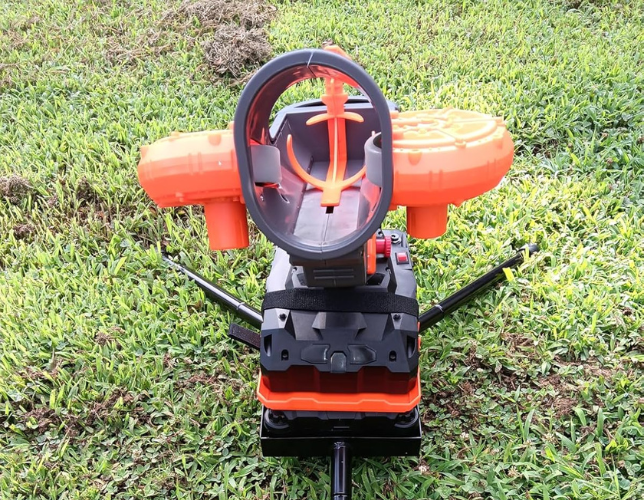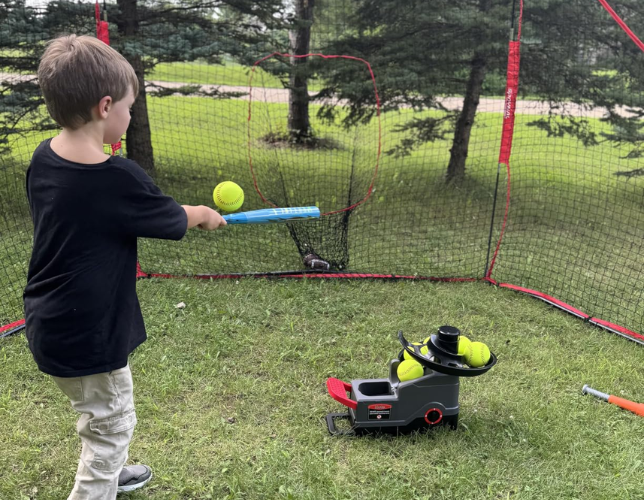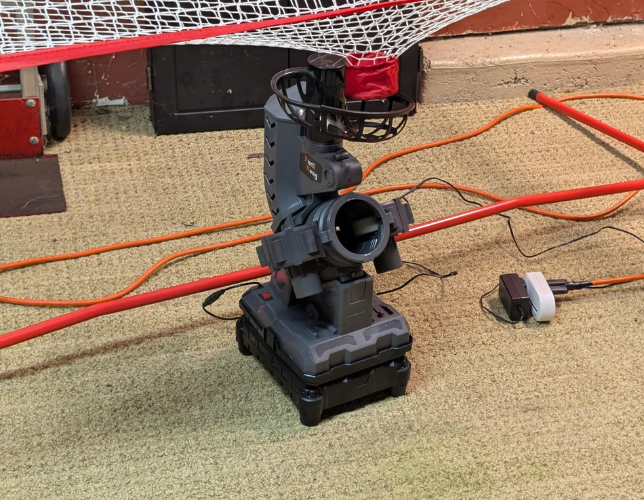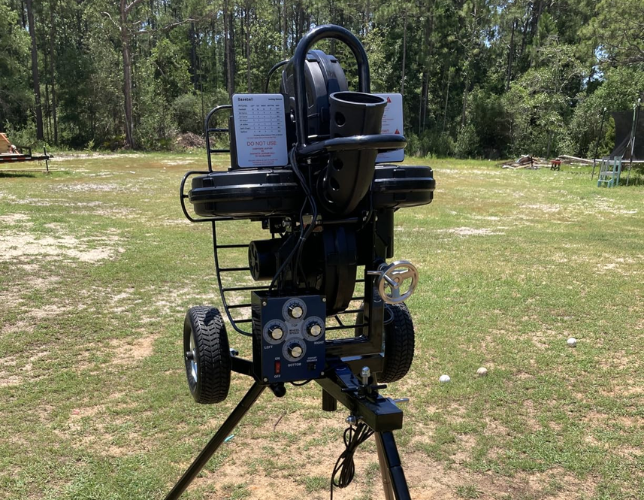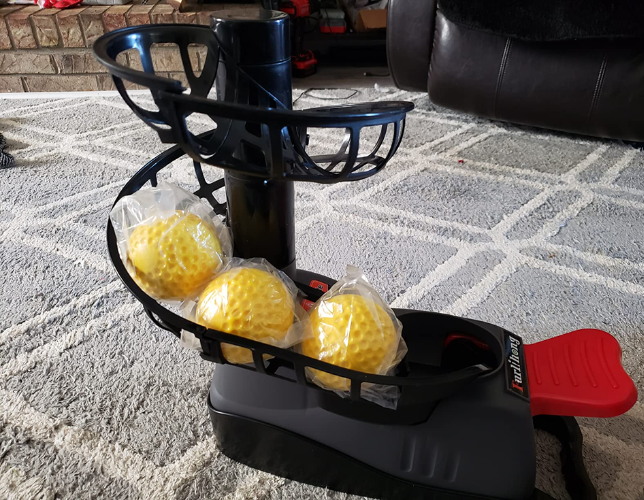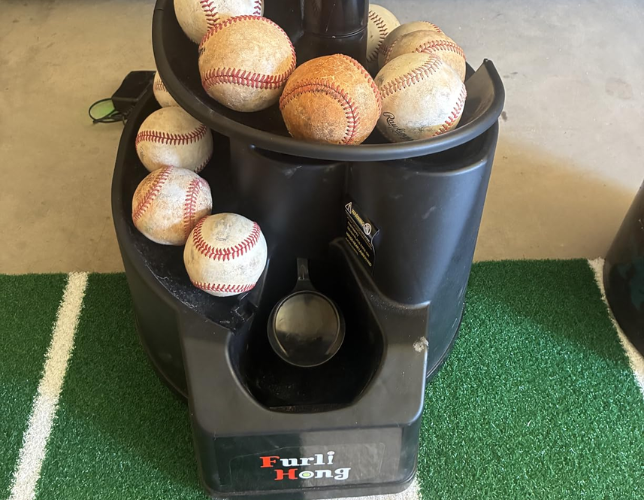BEST SELLERS
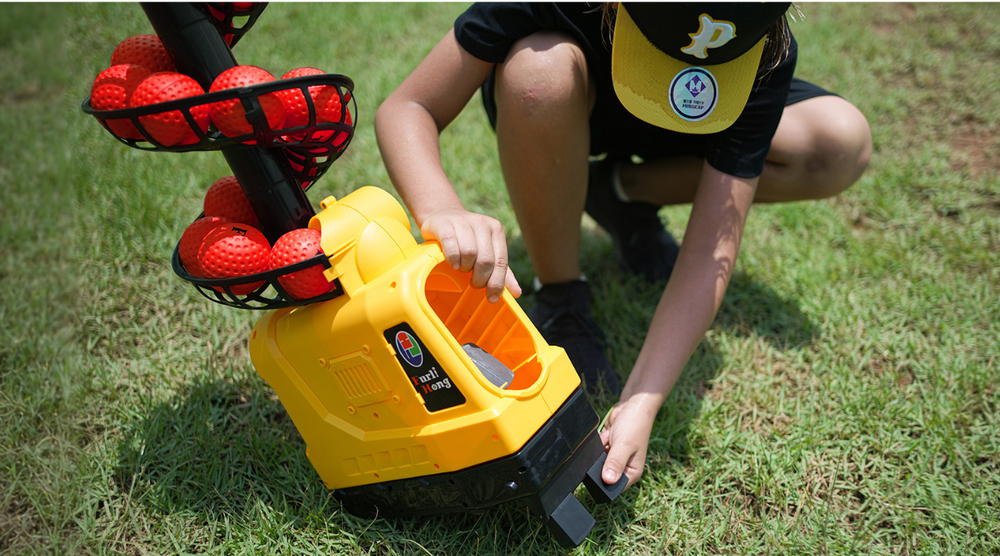
4-in-1 Pitching Machine
You can play baseball, Tennis, Pickleball, and Cricket with this Furlihong multifunctional machine.
Furlihong in the News
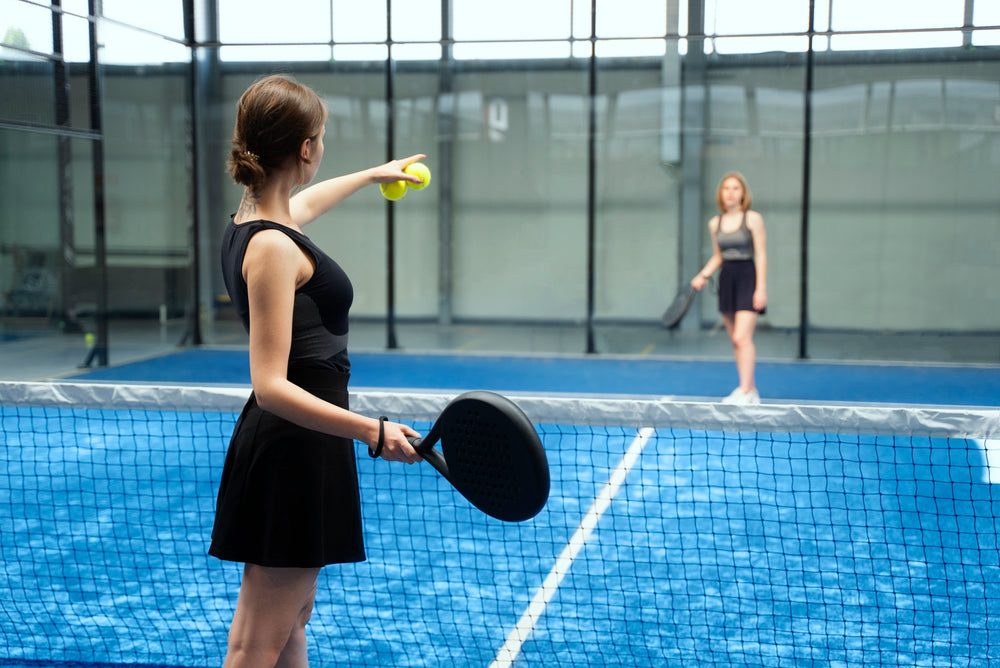
What is the Kitchen Rules in Pickleballs?
If you've ever watched or started playing the fast-growing game of pickleball, you've likely heard players shouting about "the kitchen!" This term, unique to pickleball, refers to one of the most critical and often misunderstood areas on the pickleball court. For new and even experienced pickleball players, the kitchen rule in pickleball is a frequent source of confusion and foot faults. Mastering the rules of this zone is what separates casual players from strategic competitors.
This blog post will serve as your ultimate guide, breaking down exactly what the kitchen is, the essential kitchen rules you must follow, common pitfalls to avoid, and how to improve your skills around this crucial area. Understanding these rules apply is fundamental to playing correctly and winning points.
What is the Kitchen in Pickleball Court?
Before diving into the rules, let's define the area. The kitchen in pickleball is the colloquial name for the non-volley zone. It's a seven-foot area extending from the net on both side of the court.
To be precise:
It runs the entire width of the court (20 feet).
It is bounded by the net and two sidelines, with the kitchen line (or non-volley zone line) marking its outer edge.
So, why is it called the kitchen? The origins are a bit murky, but one popular theory links it to the old shuffleboard term "kitchen," which referred to a scoring area you wanted to avoid. In pickleball, you certainly want to avoid making mistakes in this area! The primary purpose of the kitchen is an area designed to prevent players from dominating the game by standing in the kitchen and smashing every ball out of the air right at the net. This rule encourages longer, more strategic rallies by forcing players to let the ball bounces before making a play up close. Essentially, it's the volley zone where your ability to volley the ball is severely restricted.
What is the Basic Rules of the Kitchen?
The core principle governing the kitchen in pickleball is simple: you cannot volley the ball while inside the non-volley zone. A volley is defined as hit the ball out of the air before it has bounced. However, the rules extend beyond this basic concept. Here are the three fundamental rules of the kitchen every player must know:
1. The No-Volley Rule
This is the most straightforward rule. You are not allowed to hit a volley while any part of your body, your clothing, or your pickleball paddle is touching the kitchen in pickleball, including the lines. You must be completely outside the zone to make a volley shot. This prevents players from camping at the net and hitting aggressive, unreturnable slams.
2. The Momentum Rule
This is where things get a bit trickier and where many faults occur. The rule states that after you hit a volley from outside the kitchen, your momentum cannot carry you into the kitchen. Even if your volley contact was made legally outside the zone, you will fault if you step or fall into the kitchen immediately after the shot due to your forward momentum. You must have complete control of your body after your volley. This includes even touching the kitchen line with a single toe after your shot.
3. The Legal Entry Rule
It is perfectly legal to enter the kitchen or step into the kitchen at any time, as long as you are not volleying the ball. You can only enter the kitchen to hit a ball that has bounced. So, if your opponent hits a soft shot (a "dink") that lands in your kitchen, you are allowed to run forward, step into the kitchen after the ball has bounced, and hit it back. Furthermore, you are allowed to be standing in the kitchen at any time, provided you are not in the act of volleying the ball. For example, you can stand there to retrieve a high lob after it bounces.
What is the Common Mistakes about the Kitchen?
Even players who know the basic rules can make mistakes. Here are the most common errors related to the pickleball kitchen rules:
The Toe Tap Fault: This is the most frequent fault at all levels. A player hits a volley near the kitchen line, and their momentum causes their back foot to lightly tap the line. This is a fault. The line is considered part of the kitchen.
Paddle Over the Line: A player leans over the kitchen line to hit a volley while their feet are planted outside. If their pickleball paddle breaks the plane of the non-volley zone while contacting the ball, it is a fault. You cannot reach over the line to volley.
Falling In After a Volley: A player leaps for a high volley, makes contact legally outside the kitchen, but lands inside due to their jump. This is a clear violation of the momentum rule.
Volleying While an Object is in the Kitchen: If you drop your pickleball paddle into the kitchen and then hit a volley from outside the kitchen while the paddle is still lying in the zone, it is a fault. The rule applies to anything you are carrying or wearing.
Confusion About the Bounce: Some players think they can hit a volley from the kitchen if the ball is high enough. This is false. The only way to legally hit a ball from within the kitchen is if the ball has bounced first.
How to Improve Your Kitchen Play in Practice?
Mastering the kitchen is key to advancing your game. Here’s how to improve your kitchen play in practice and avoid those costly faults.
1. Practice the "Split-Step" at the Line:
As you approach the kitchen line, practice a small hop, landing with your feet shoulder-width apart and just behind the line. This "split-step" helps you stay balanced and prevents you from accidentally stepping over the line due to momentum. It positions you perfectly to react to your opponent's shot without faulting.
2. Dink Consistently:
The dink is a soft shot that arcs over the net and lands in the opponent's kitchen. Practicing dinks with a partner is the best way to get comfortable playing around the kitchen. It teaches you patience, control, and how to engage in the soft game that often decides points. Focus on hitting the ball so it lands at your partner's feet, forcing them to let it bounce and preventing them from volleying the ball.
3. Volley and Recover Drills:
Have a partner feed you balls just outside the kitchen line. Your goal is to hit a volley and immediately retreat or stabilize your body to ensure you do not cross the line. This drill builds muscle memory for the momentum rule. Remember, it's not just about hitting the ball; it's about what happens after you hit it.
4. Footwork Ladder Drills:
Agility ladder drills can improve your foot speed and control. Being light on your feet allows you to move quickly to the line and stop precisely without faulting. Good footwork is the foundation of solid kitchen play.
5. Play "Kitchen-Line-Only" Games:
During practice games, implement a rule where all shots must be played with both players standing within one step of the kitchen line. This forces you to focus entirely on dinks, soft blocks, and precise footwork, dramatically improving your comfort and skill in the most critical area of the court.
Conclusion
The kitchen in pickleball is more than just a quirky name; it's the heart of the game's strategy. While the pickleball kitchen rules explained may seem daunting at first, they are designed to create a fun, fair, and strategic battle. By understanding that you cannot hit a volley from within this zone, that you must control your momentum, and that you can legally enter after a bounce, you will eliminate costly errors and elevate your play. Remember, the best pickleball players are those who respect the kitchen rule in pickleball and use it to their strategic advantage. So grab your pickleball paddle, practice those dinks, and master the rules of the kitchen to take your game to the next level.
ABOUT Furlihong
Furlihong is your best training partner with the tools that make the practice more efficient and joyful. To be more robust, smarter, and faster with the help of machinery...
View More
FEEDBACK
Everything starts with our customers.



